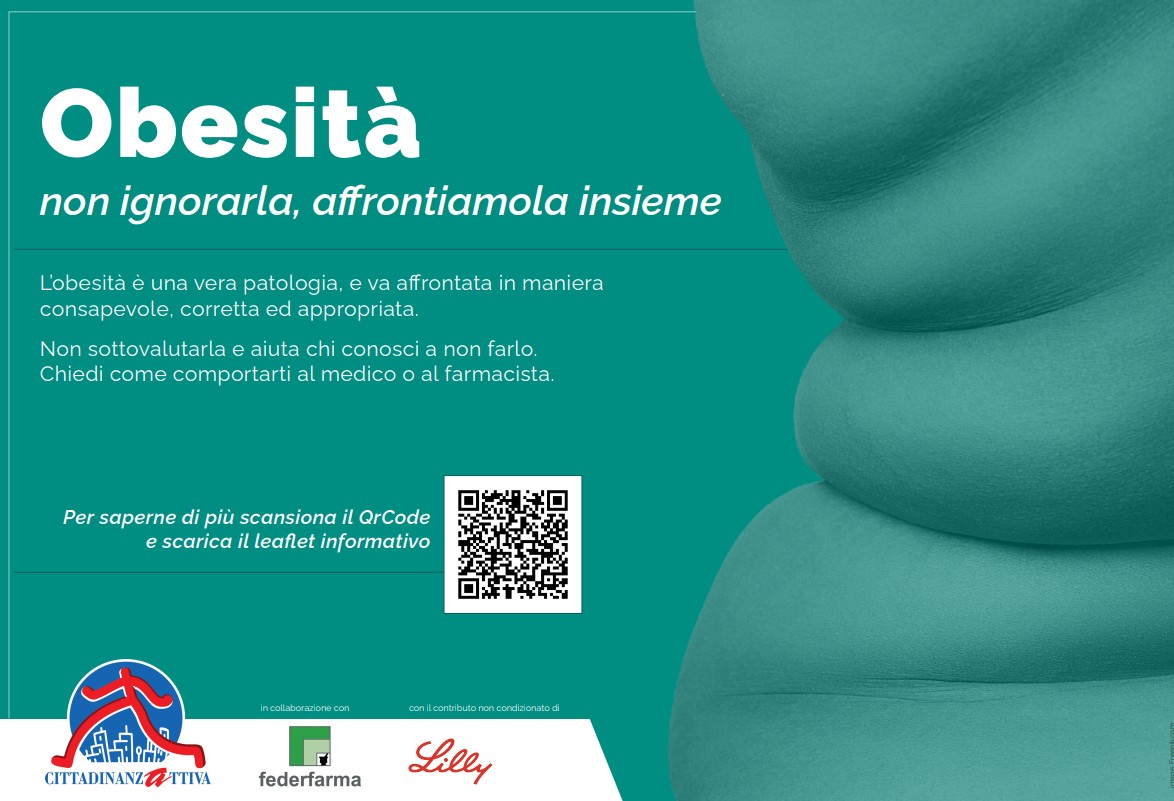ROMA (ITALPRESS) – Ensuring early diagnosis, structured grip and homogeneous access to innovative therapies for patients with transtiretin heart amyloidosis (ATTR): this is the objective of the press conference “Amiloidosi Cardiaca: towards a national model of early diagnosis, welfare continuity and fair access to care”, held today at the Senate of the Republic of Elena During the meeting, realized with Bayer Italia’s non-conditional contribution, the policy paper was presented as the result of the meetings of the Working Group composed of the main clinical experts of the pathology and representatives of the scientific world, aimed at promoting a shared reflection on the need to strengthen the national network dedicated to cardiac amyloidosis and to make diagnostic-therapeutic paths more homogeneous throughout the territory. The document proposes a model of takeover based on four priority guidelines: value of early diagnosis, evaluation of patient functional fragility, role of telemedicine and governance of clinical data. In opening, Senator Murelli stressed the strategic value of the initiative: “Institutions have the responsibility to ensure that they are truly homogeneous, timely and sustainable for all patients suffering from heart amyloidosis. It is essential to strengthen coordination between specialist centers, territorial medicine and public decision-makers, in order to improve the quality of life of patients, ensuring early diagnosis, care continuity and equal access to innovative therapies throughout the national territory”. Marco Salvatore, Director of the Interdepartmental Structure of Rare Diseases Without Diagnosis of the Rare Disease Center of the Higher Institute of Health, highlighted the role of the collection in the management of clinical data: “In the management of rare diseases, a late-deposit compromises diagnosis, treatment and quality of life. As a Higher Institute of Health, our commitment is to strengthen structured data collection through standardized logs, so as to ensure a homogeneous sharing of information. Only through a complete traceability of the clinical path can we build more effective and patient-oriented responses.” Recalling the fundamental role of assessing functional fragility and reference centers in improving the management of pathology, Francesco Cappelli, referent of the Centre for the Study and Care of Amiloidosis of A.O. U Careggi Firenze, said: “The age cannot be a criterion of exclusion: Patients may also benefit significantly from treatments, in terms of functional capacity preservation and quality of life. It is essential to adopt structured geriatric evaluations that identify the real clinical fragility. In the same way, a truly horizontal Hub & Spoke network, with fully interconnected prescribed and territorial centers, is essential to ensure welfare continuity.” To follow, Giuseppe Limongelli, director of the Rare Disease Coordination Center Campania Region, highlighted the importance of a coordinated approach between the Regions and PDTA dedicated: “Telemedicine is a strategic tool to ensure welfare continuity and reduce distances between reference centers and territory in the management of heart amyloidosis. The structured adoption of telemedicine within the PDTA contributes to improving the equity of access to care, the efficiency of paths and the quality of life of patients.” Remarking the theme of the importance of early diagnosis, Alberto Cipriani Referente of the Reference Centre for Cardiache A.O. U of Padua, said: “Premature diagnosis of heart amyloidosis is the indispensable prerequisite for changing its natural history. Identifying the disease in the early stages allows you to quickly establish specific therapies, able to slow progression, preserve the heart function and improve the survival and quality of life of patients”. Finally, Cristina Chimenti, referent of the Reference Centre for Amiloidosi Cardiaca TTR Policlinico Umberto I Roma: “We talk about complex patients, often characterized by comorbility that require a really holistic grip, able to consider every aspect of their clinical and personal life. In order to ensure continuity and quality of care, a horizontally organized network is essential, in which reference centres and territorial services communicate effectively, so as to optimize diagnostic pathways.” The press conference reaffirmed how early diagnosis and structured pathological management on the territory represent the key to improving prognosis and quality of life, representing a time of great importance to discuss patient needs. -photo press office Esperia Advocacy –(ITALPRESS).






